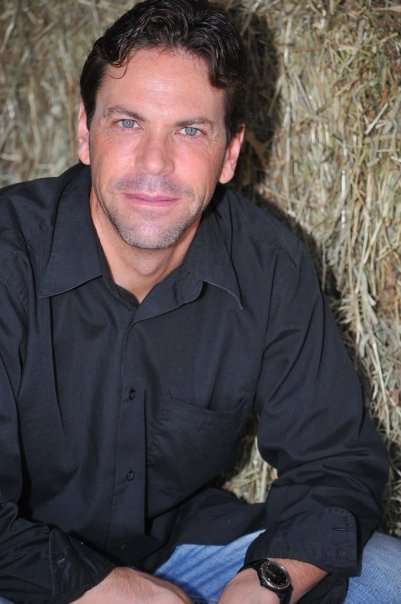Natural Disasters
By Bryan Hayes
In South Florida we experience heat, sometimes sweltering, as a natural part of living here. We also experience our fair share of hurricanes. Lately, it is almost daily we collide with an afternoon shower. The east coast of the country, however, could use some of our rain as they are in the midst of drought conditions. Then, over the central part of the country, they have experienced more than their fair share of tornadoes over the past few months.
What are all of these natural disasters? Some say they are a part of global warming, climate change and the overall increasing temperature of the planet. Others are far more skeptical of climate change in general and do not believe in global warming.
Whatever your opinion, natural disasters have far reaching affects both nationally and internationally. Whenever there is a major disaster, such as a hurricane, the toll it takes can last for years. Remembering back to the multiple, major hurricanes that have hit the area, there have been times when it has looked like a war zone with so much destruction. Many are left without electricity, water, sewer, and even to find their homes inhabitable. This creates a strain on resources.
The immediate cost is overwhelming, but the overall damage is staggering. For those not directly affected, they may think once the storm is over the story ends. The cameras stop filming, and the attention goes elsewhere. Those who experience it firsthand know it is often only the beginning. Weather.com reports that Hurricane Katrina caused $81.1 billion dollars in damage. That is billions, not millions, and does not include indirect costs.
Indirect costs can truly add up in a big way. Take for example the current drought in California. Not only are Californians affected, but we are also, by just the increase in food costs alone. It is a simple case of supply and demand. If crops are disrupted and only half can be harvested, prices automatically increase.
The same principle holds true worldwide. The difference is that we are an established country with a stable economy (relatively speaking), we do not have a widespread food shortage and we don’t have to deal with deadly diseases as a commonplace issue. Other parts of the world are not so fortunate. In some countries such shortages in food and supplies already exist, and therefore a natural disaster can have a devastating effect. Add to that an unstable government, issues like malaria, and the lingering consequences become exponential.
When there is a void, that void is often filled. If there is a lack of stability coupled with wide spread suffering that emptiness becomes an opportunity, whether it is positive or negative. Groups, organizations, and individual leaders have risen out of the ashes of destruction. We have seen it throughout history and it continues today.
Whether it is caused by climate change or the normal ever-changing weather patterns, for certain it is a global concern that affects local economies, infrastructure, health systems, and agriculture. Agriculture has forever been affected by the weather. There are seasons when crops are decimated by storms, but the more this happens the greater the consequences.
Weather disasters become a threat multiplier. We already know that there are going to be times when severe weather brings with it great tragedy. Our individual beliefs on what causes them may differ, but the effects we all see for ourselves.
Connecting the dots is something we do not consistently do, because once the immediate aftermath of a storm subsides we tend to turn our attention elsewhere. In its fourth assessment of the relevant scientific literature on global warming, the Intergovernmental Panel on Climate Change reports that scientists are more than 90% certain that global warming is being caused by increasing greenhouse gases, produced by human activities.
In the most volatile parts of the world, there is enough turbulence already that a natural disaster can touch off a wave of unfortunate events. These can culminate in reaching a level where it spreads throughout the region and even to a more global level.
While we cannot control the weather, we can continue adding more emphasis to it. Results can already be seen with inventions such as early warning systems for tornadoes, which in those precious moments can save lives. Large companies often have a multidimensional backup plan in the event of long-term power failure for their computer systems. Other areas of the government and military have strategies in place in case of natural disasters.
Continued pursuit of knowledge, strategic planning and bringing an ever greater understanding of how we can effective manage the possibility of an increasingly larger number of natural disasters is of critical importance. It is important not only locally but nationally and internationally as well. We truly are a global community. What affects one area can, and does, affect so many others.
***
Bryan Hayes is an actor, amateur photographer, business consultant and full-time lover of all things living. To check out more from Bryan Hayes, please visit his blog at:http://outofthehaze.wordpress.com/


